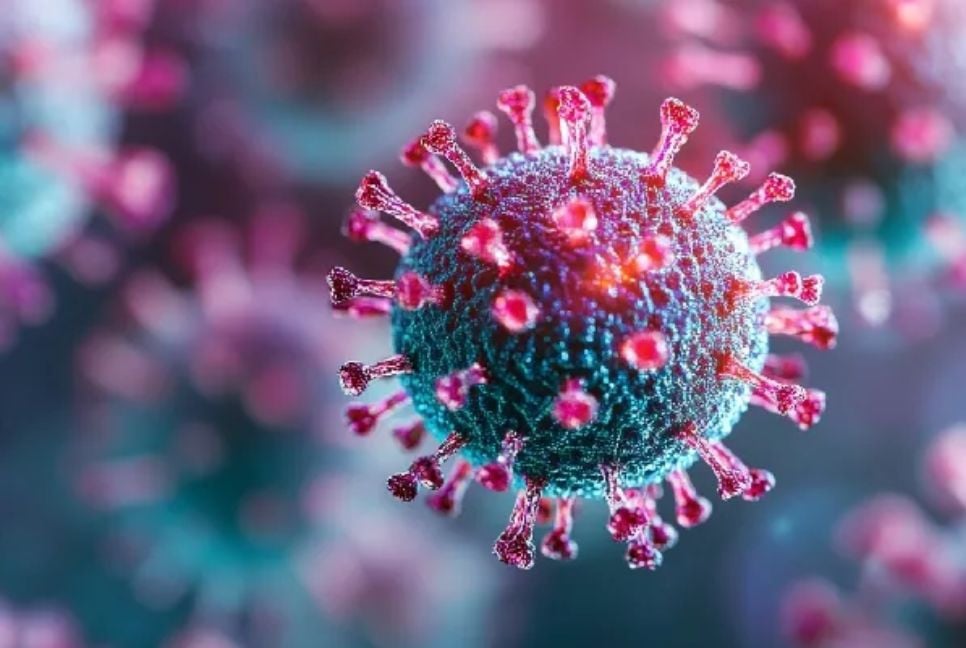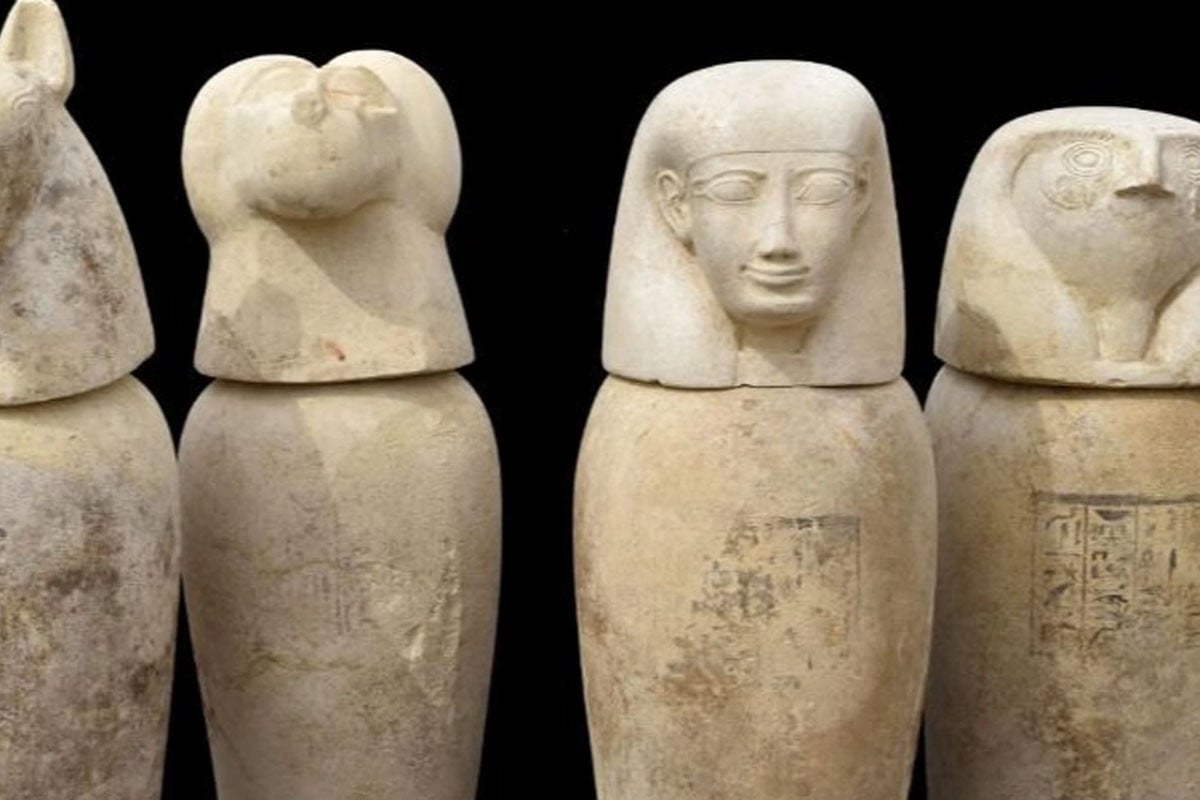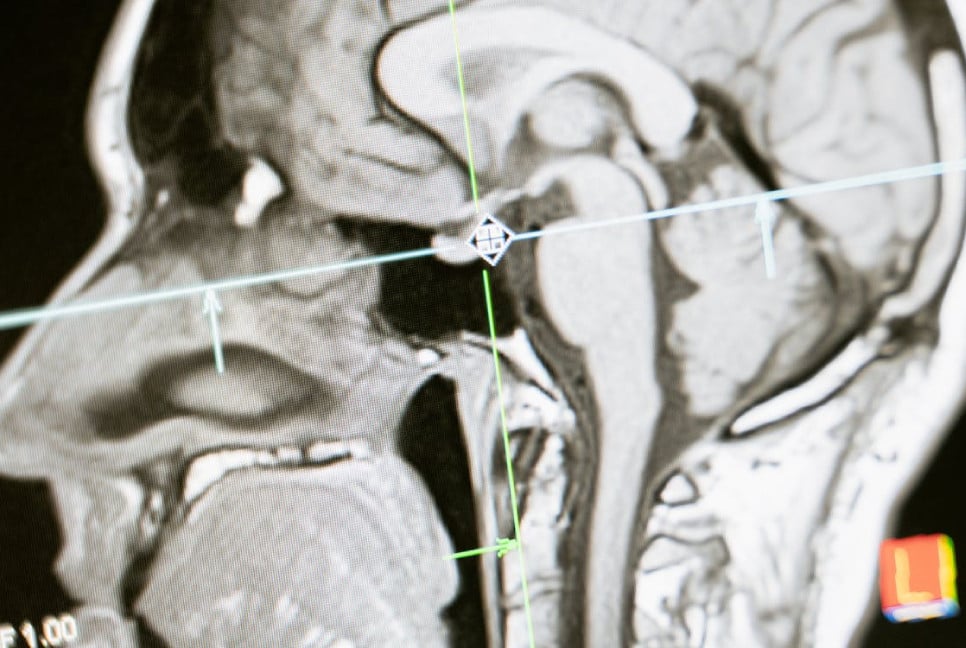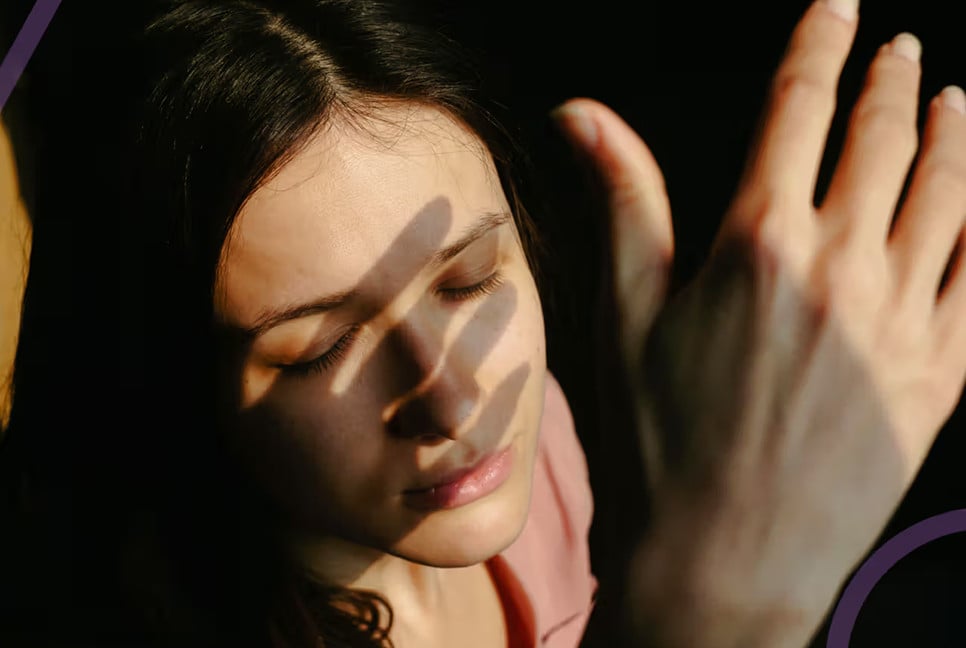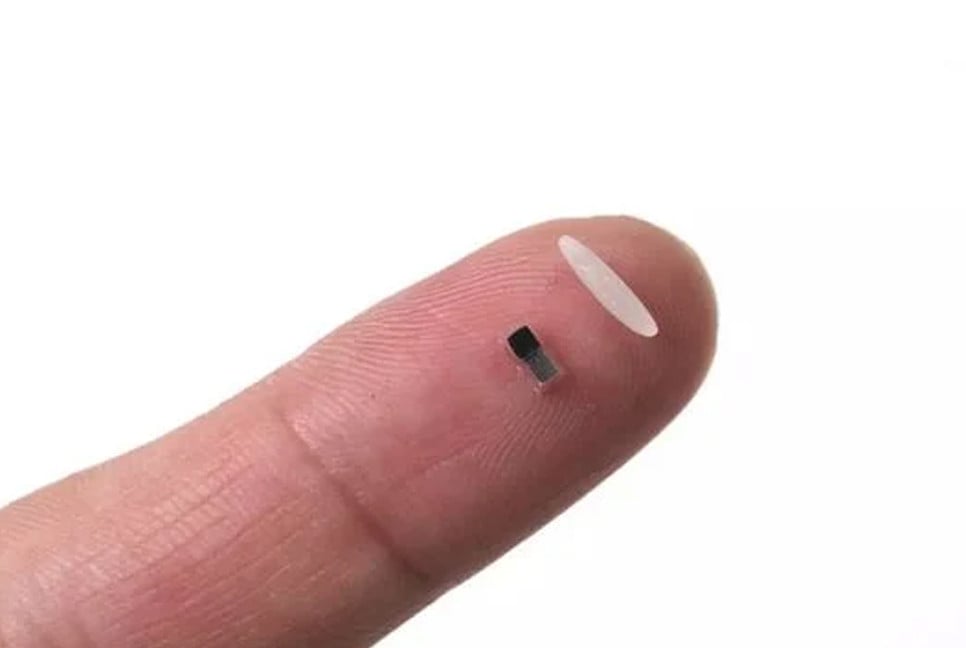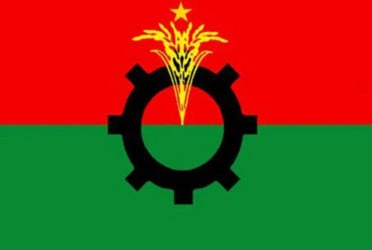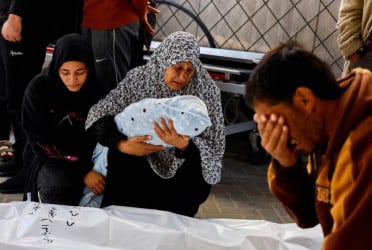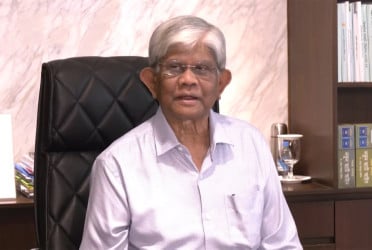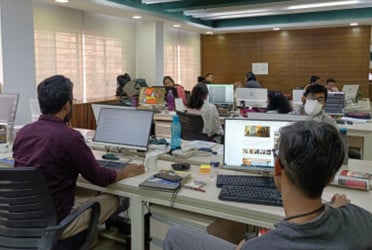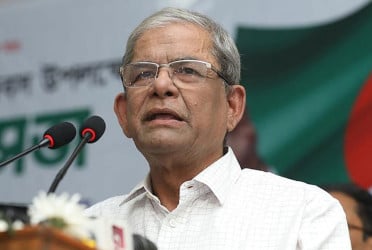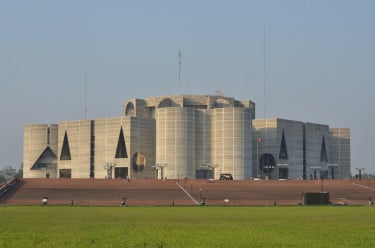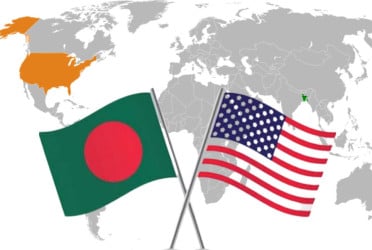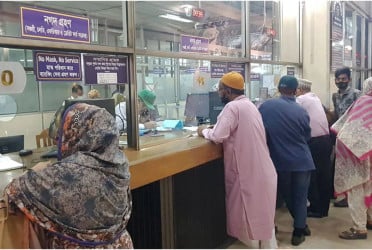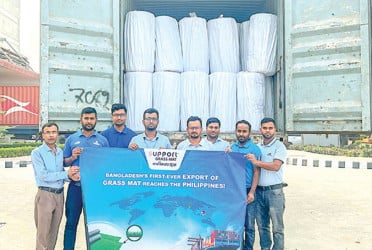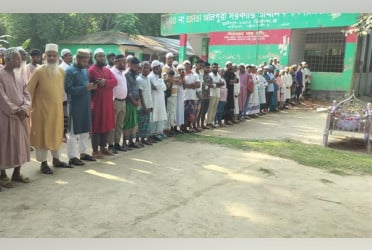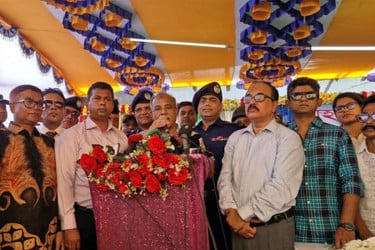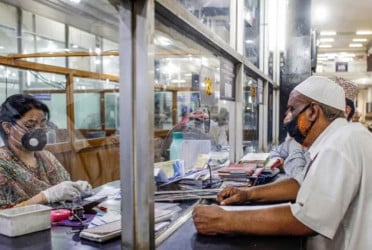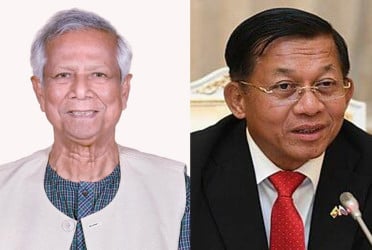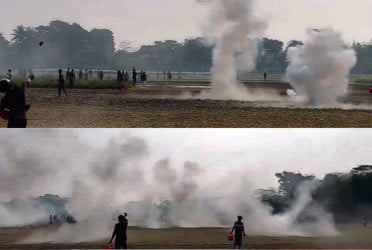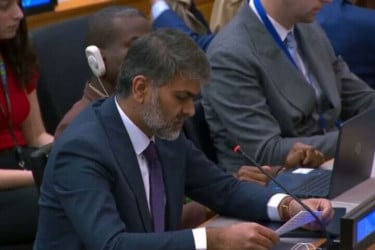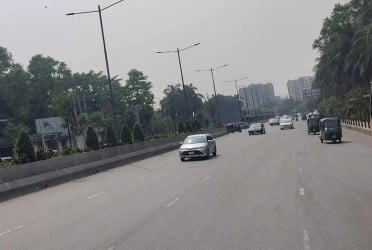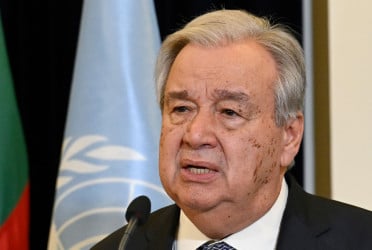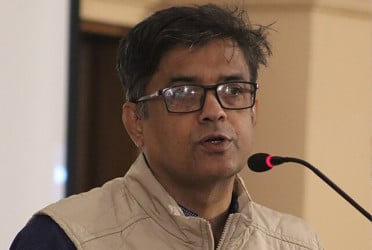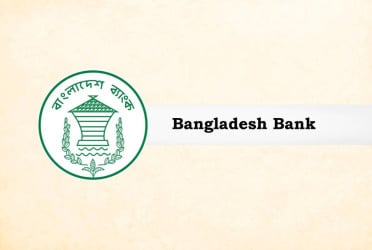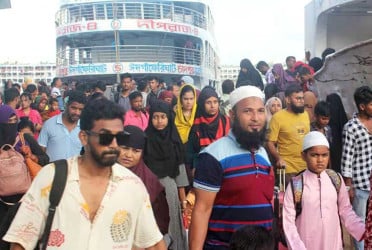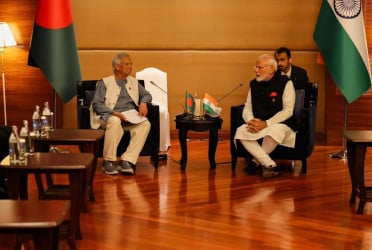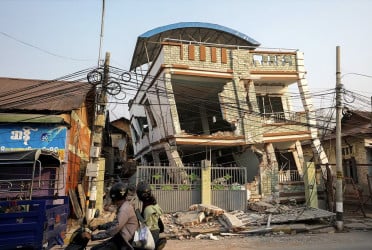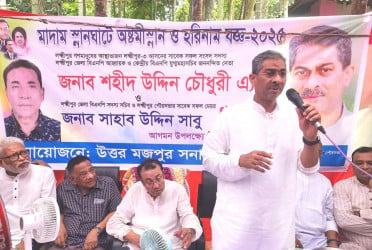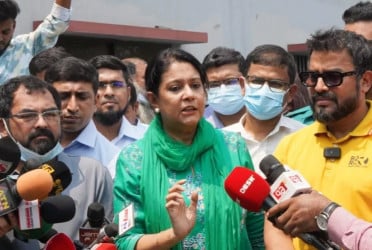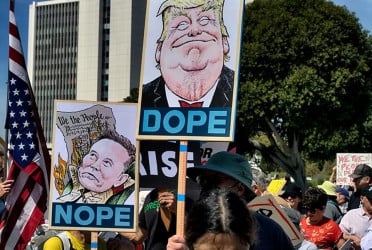HMPV virus is not a novel virus - it was first isolated in 2001 by Van den Hoogen and her colleagues in the Netherlands in the nasopharyngeal secretions of children with respiratory tract infections. The virus was named Human Metapneumovirus because it was a metapneumovirus that used humans as a host.
The Human Metapneumovirus (HMPV) is a common respiratory virus that typically causes mild cold-like symptoms. Studies show it has circulated in human populations since the 1970s, though it was first identified by scientists in 2001.
The virus accounts for four to 16 percent of acute respiratory infections globally, with cases usually peaking between November and May. While most adults have developed immunity through previous exposure, HMPV can cause more severe symptoms in infants encountering it for the first time and in people with weakened immune systems.
In an interview with HT Lifestyle, Dr Sangeeta V Budur, Consultant - Paediatrics and Paediatric Intensive Care at Aster RV Hospital, shared, “It is known to cause a range of illnesses from mild upper respiratory infections to severe pneumonia, bronchiolitis and acute respiratory distress syndrome. About 5 to 25 percent of acute pediatric lower respiratory tract infections are associated with HMPV. The viral outbreaks peak in winter and spring season in the northern hemisphere and June and July in the southern hemisphere.”
Who are the vulnerable population?
Dr Sangeeta V Budur revealed, “No age group is immune to the virus, reinfection occurs throughout life but subsequent infections are mild. Infants, children under two years, elderly, Immuno-compromised persons or those with underlying chronic medical conditions are more vulnerable to severe disease. The HMPV infection appears to be ubiquitous, as virtually all children are exposed by the age of five years.”
How does it spread?
According to Dr Sangeeta V Budur, just like any other respiratory illness, HMPV spreads via respiratory droplets i.e. coughing, sneezing or contact with infected secretions.
How is it different from COVID-19?
Dr Sangeeta V Budur informed, “Both viruses cause minor respiratory symptoms in most of the infected people but COVID-19 has a broader spectrum of symptoms involving multiple body systems and a higher potential for systemic complications. The comparison between the two viruses is difficult though the spread is through the droplets via the respiratory route in both. HMPV is less transmittable and has less severe symptoms as compared to Covid-19.”
What are the symptoms of the HMPV virus?
Dr Sangeeta V Budur answered, “Most of the symptoms are mild flu lasting five to seven days requiring outpatient visits. But in children under five, HMPV is responsible for three 10 percent of hospital admissions. Among the hospitalized children high-grade fever, respiratory distress, and wheezing are the predominant symptoms.”
What are the respiratory illnesses caused by HMPV?
As per Dr Sangeeta V Budur, HMPV is mainly known to cause upper respiratory tract infection in most of the children but bronchiolitis, severe pneumonia, and acute respiratory distress syndrome in a few which require hospitalization, oxygen therapy including mechanical ventilation.
How to diagnose HMPV infection?
Dr Sangeeta V Budur highlighted, “Diagnosing HMPV based solely on symptoms is difficult, as it mimics other respiratory infections like respiratory syncytial virus( RSV) and influenza. PCR testing on nasopharyngeal secretions for detecting HMPV RNA is the gold standard. In India, surveillance systems like ICMR and the Integrated Disease Surveillance Programme( IDSP) regularly test for respiratory viruses including HMPV.”
What are the treatment options for HMPV?
There is no specific antiviral drug available. Dr Sangeeta V Budur said, “Treatment is mainly symptomatic and supportive with antipyretics and antihistaminics. Hospitalised children may need oxygen therapy, nebulizations and rarely mechanical ventilation among the severely infected.”
What are preventive measures for HMPV?
As of now, there is no targeted therapy/vaccine available for HMPV. Dr Sangeeta V Budur suggested, “Proper hand hygiene - washing hands frequently with soap and water for at least 30 seconds. Cough etiquette such as covering the nose and mouth while sneezing and coughing, and wearing a mask can limit the spread of the virus. Avoiding close contact with infected individuals, and regularly disinfecting touched surfaces are additional measures.”
Source: Hindustan Times
Bd-pratidin English/Fariha Nowshin Chinika

